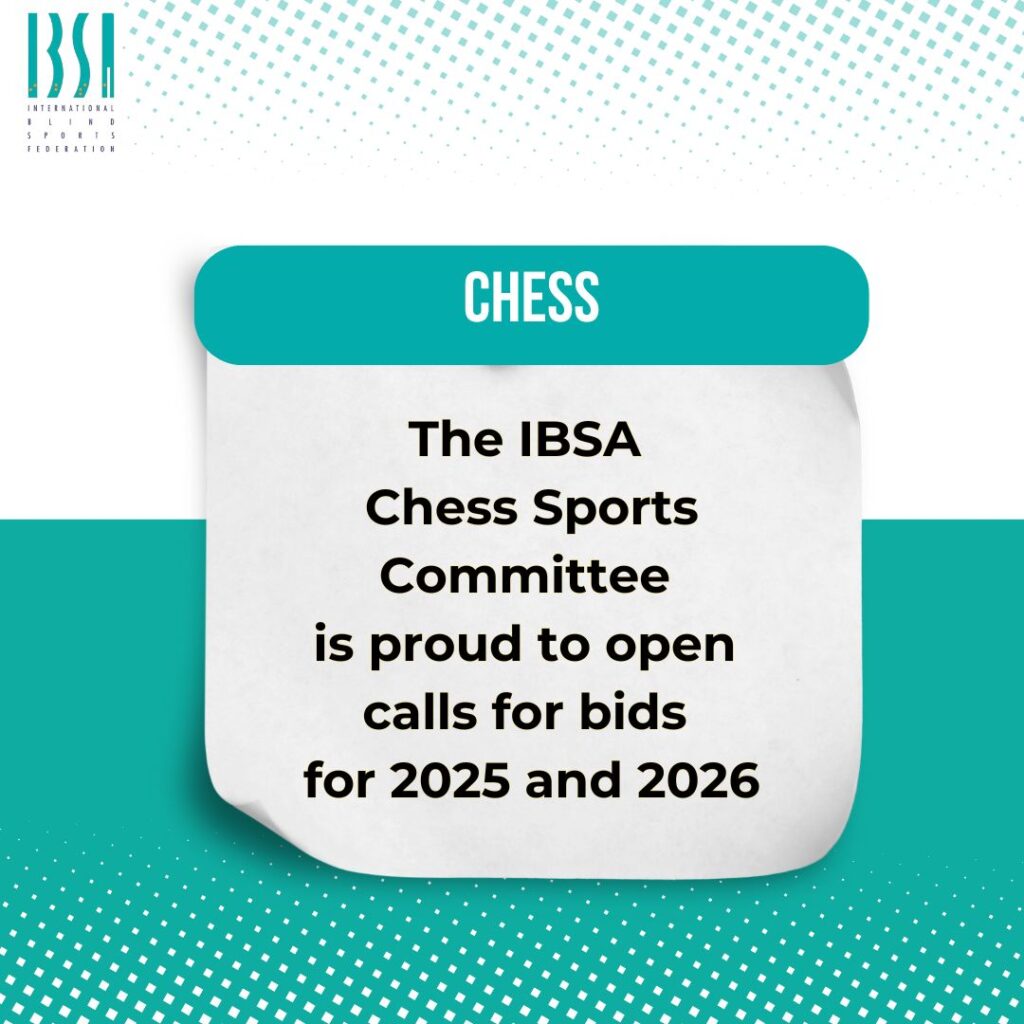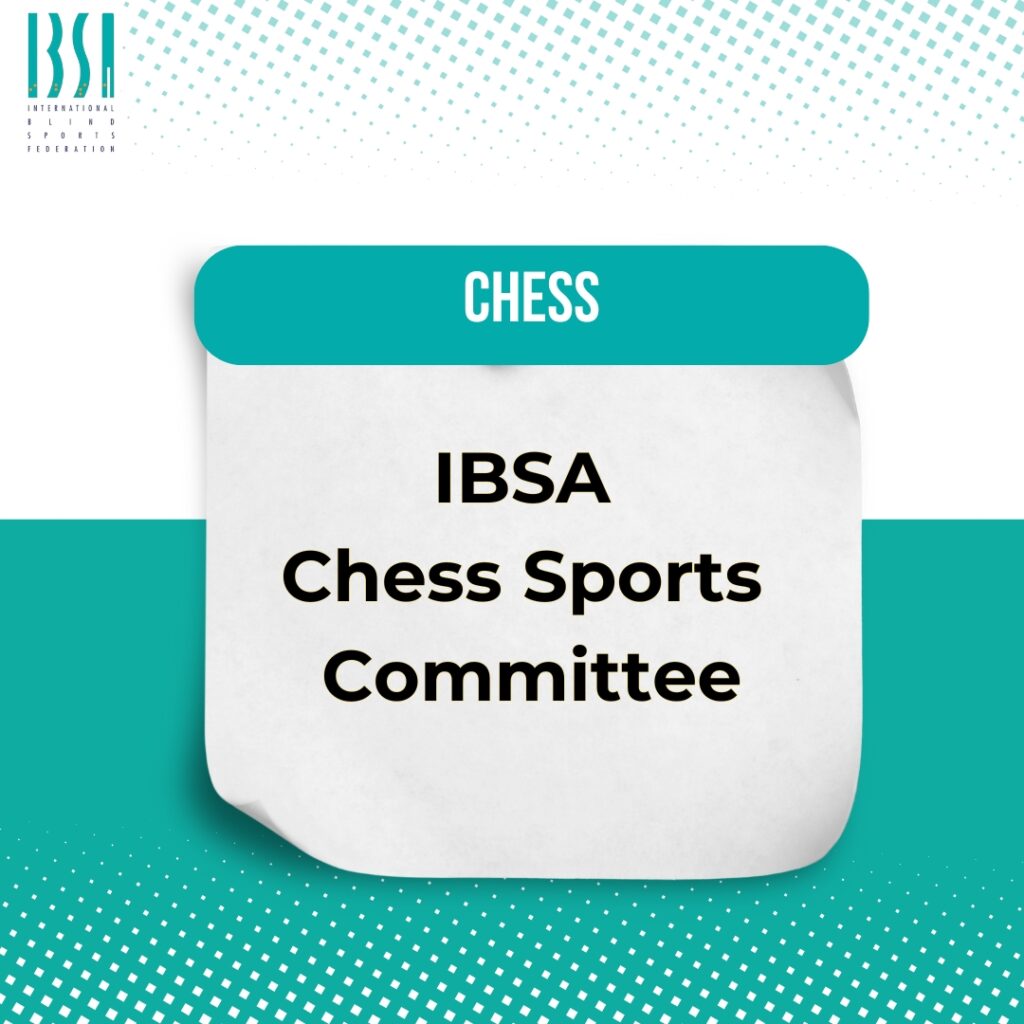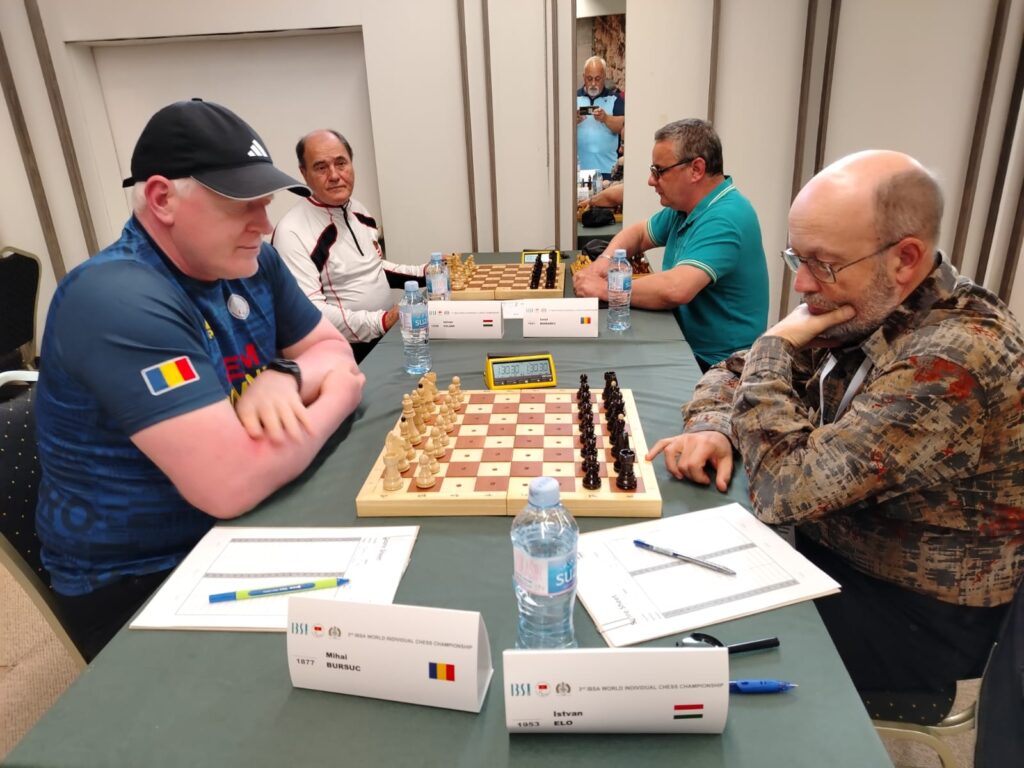Chess Overview
About Chess
Chess for people with visual impairments can be played by anyone and has proven itself as a popular game around the world.
There is no classification in chess – all players can compete against each other regardless of their sight. This is thanks to adaptations which have been made to International Chess Federation rules.
In competitive chess between sighted and visually impaired players either player may request the use of two boards. The sighted player will use a normal board, while the player with a visual impairment may use one which is adapted.
The adapted boards are at least 20x20cm with the black squares slightly raised by 3-4mm.
Each of the squares on the board has a hole in the centre so that the pieces can be fixed in these holes. Each of the pieces has a nail at the base, which fits into the hole in the squares on the board, thereby fixing the piece securely in place. All the black pieces have a pin fixed on their heads helping the player distinguish between white and black.
The players, by feeling the raised or the lowered squares and the pieces, can therefore figure out whether the piece is black or white or is on a black or a white square. By feeling the shape of the piece, they can determine whether the piece is a Pawn, Rook, Bishop, Knight, Queen or King.
After making every move, the player with a visual impairment is required to announce the move aloud, so that their opponent knows which move they have made. Instead of writing the moves on a scoresheet, the visually impaired player writes the moves in Braille or records the moves on a tape recorder.
History
Chess officially became an IBSA governed-sport in 2015.
Since then two World Championships have been held in Calimanesti, Romania, in 2016 and in 2018 in Porto Caras, Greece.
Chess was also on the programme of the 2015 IBSA World Games in Seoul, South Korea.
Latest News
View all

